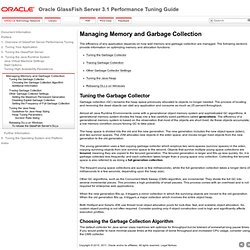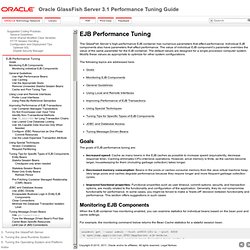

Apache, Módulo JK (mod_jk) y JBoss. A continuación, modificaremos el nombre del fichero que nos acabamos de descargar y le llamaremos: mod_jk.so y lo copiareremos a la ruta de nuestro servidor apache: <APACHE_HOME>/modules Una vez copiado, abriremos el fichero de configuración de apache: <APACHE_HOME>/conf/httpd.conf e incluiremos la siguiente línea al final del fichero: # Include mod_jk configuration file Include conf/mod-jk.conf Crearemos el fichero mod-jk.conf tal y como hemos indicado en el fichero de configuración anterior en: <APACHE_HOME>/conf .

Debajo muestro el contenido del fichero. # Load mod_jk module # Specify the filename of the mod_jk lib LoadModule jk_module modules/mod_jk.so # Where to find workers.properties JkWorkersFile conf/workers.properties # Where to put jk logs JkLogFile logs/mod_jk.log # Set the jk log level [debug/error/info] JkLogLevel info # Select the log format JkLogStampFormat "[%a %b %d %H:%M:%S %Y]" # JkRequestLogFormat JkRequestLogFormat "%w %V %T" # Add shared memory.
Cluster en Glassfishv3 usando mod_jk para el balanceo de peticiones. MacBook-Pro-de-Carlos:bin cleon$ .

/startserv 26-dic-2011 19:16:13 com.sun.enterprise.admin.launcher.GFLauncherLogger info INFO: L? Nea de comandos de llamada de JVM: WebSphere Application Server Version 6.0.2. Jboss Tunning. Managing Memory and Garbage Collection - Oracle GlassFish Server 3.1 Performance Tuning Guide. The efficiency of any application depends on how well memory and garbage collection are managed.

The following sections provide information on optimizing memory and allocation functions: Tuning the Garbage Collector Garbage collection (GC) reclaims the heap space previously allocated to objects no longer needed. The process of locating and removing the dead objects can stall any application and consume as much as 25 percent throughput. Almost all Java Runtime Environments come with a generational object memory system and sophisticated GC algorithms. The heap space is divided into the old and the new generation. The young generation uses a fast copying garbage collector which employs two semi-spaces (survivor spaces) in the eden, copying surviving objects from one survivor space to the second.
The frequent young space collections are quick (a few milliseconds), while the full generation collection takes a longer (tens of milliseconds to a few seconds, depending upon the heap size). See Also. Tomcat - Why are Full GCs not running on my gcInterval I set. Tuning the GlassFish Server - Oracle GlassFish Server 3.1 Performance Tuning Guide. Open. So there you are: You've started working on your state-of-the-art Java EE application, GlassFish is your application server of choice and it's time to set up automatic deployment of the application to your as-equivalent-to-production-as-possible staging environment for periodical stress testing of nightly builds.

But should you do your testing on GlassFish configured as it comes out of the box? Probably not. A key to successful stress testing is to tune your GlassFish installation with the same configuration as you would in your production environment. Without an identical configuration, the value of the stress tests will drop dramatically. Even if your application passes the tests with flying colors and ticker-tape parades on your staging platform, you might still crash and burn miserably in production.
This small guide aims to show you at least some of the hot spots you need to know of when tuning your GlassFish installation for a production environment. JVM Tuning. EJB Performance Tuning - Oracle GlassFish Server 3.1 Performance Tuning Guide. The GlassFish Server’s high-performance EJB container has numerous parameters that affect performance.

Individual EJB components also have parameters that affect performance. The value of individual EJB component’s parameter overrides the value of the same parameter for the EJB container. The default values are designed for a single-processor computer system. Modify these values as appropriate to optimize for other system configurations. The following topics are addressed here: Goals The goals of EJB performance tuning are: Increased speed: Cache as many beans in the EJB caches as possible to increase speed (equivalently, decrease response time). Monitoring EJB Components When the EJB container has monitoring enabled, you can examine statistics for individual beans based on the bean pool and cache settings.
For example, the monitoring command below returns the Bean Cache statistics for a stateful session bean. The following is a sample of the monitoring output: asadmin get -m.